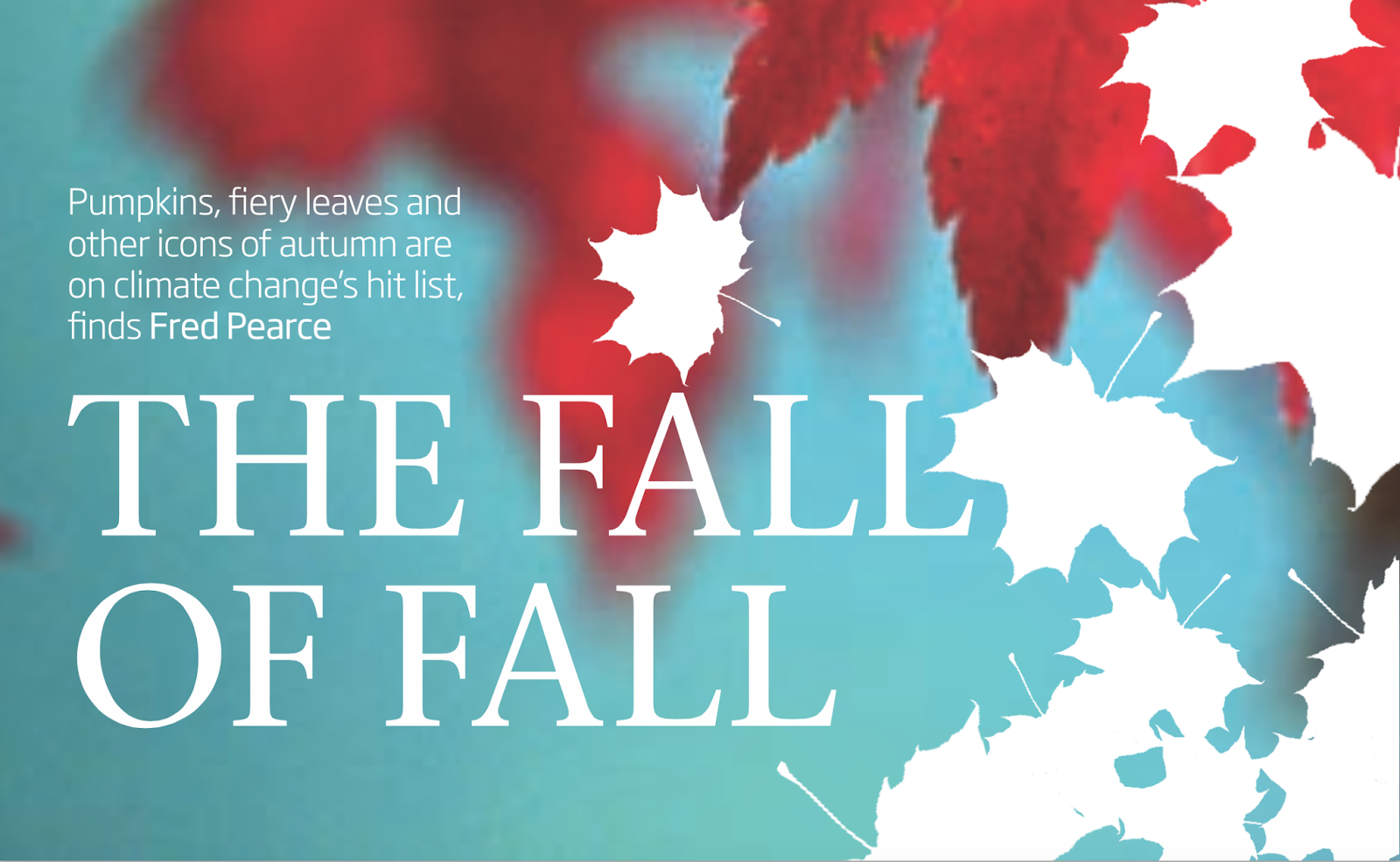Posted by Richard Primack
According to the National Climate Data Center, the autumn of
2015 (September-November) was the warmest ever recorded for the lower 48 states
and Alaska.
Tom Ashbrook for the National Public Radio program On Point
interviewed me on the biological effects of this unusual weather event. My key
point was that such extreme weather creates winners and losers, with many
species increasing in abundance and others declining in abundance and even
going locally extinct.
Among the observations relevant to this topic:
Many plants are flowering and even leafing out at a time
that they should be dormant. Shown above is a forsythia shrub in flower on
December 19th in Newton, MA.
Annual
plants such as the above yellow wood sorrel are still growing and not yet killed by
frost; this plant even has a flower bud.
People are still harvesting plants from their gardens. Our garden in Newton still has lettuce, Asian
celery, and the mustard greens, shown here in flower:
Birds are also remaining north longer than usual.
Massachusetts had many new records of late bird observations. In Saco, Maine, 6
species of warbler and other migratory bird species are still present in
mid-December. You can keep an eye on autumn bird data collected by citizen scientists at eBird.
Butterflies and dragonflies are also still flying in December at
various New England localitites when they normally would be dormant. Monarch
butterflies have been seen in Vermont, Pennsylvania, and North Carolina.

























